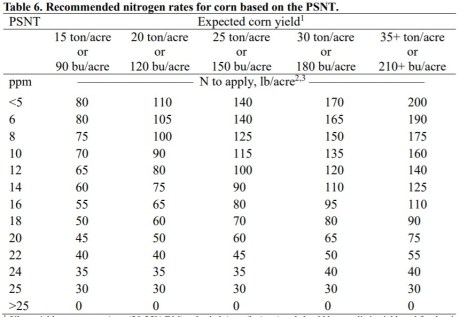The deadline for 2020 cover crop assistance applications has been extended to AUGUST 7, 2020. Applicants are advised to apply online when able to do so if you have not done so already.
Apply Now The payment rates vary by practice type (information and payment rates) and applications are due for each practice at least 30 days prior to implementation. There is a maximum of $8,000 available per farm operation from July 1, 2020 through June 30, 2021. Farm operations that meet the threshold for the Required Agricultural Practices are eligible to apply; operations must be in good standing with water quality regulations (do not owe the Agency of Agriculture, Food and Markets any funds, and are not in final order in enforcement) in order to receive financial assistance.
Cover crop payments for 2020 and recommended planting dates and seeding rates are detailed here: Broadcast or Interseeded method with a payment rate of $30 / acre, plant by October 1st at a seeding rate (may vary) of 100 lbs per acre for Winter Rye; Drilled or Otherwise Incorporated methods with a payment rate of $45 / acre, plant by October 15th at a seeding rate (may vary) of 75 lbs per acre for Winter Rye; and Helicopter Seeded method with a payment rate of $35 / acre, plant by October 1st at a seeding rate (may vary) of 100 lbs per acre for Winter Rye. NOTE*The recommended seeding rate will vary for alternative cover crop species and mixes. You should contact your local agronomist or crop consultant for comparable cover crop soil coverage rates when planting cover crops with a mixture of species and varieties.
The Agency advises farmers to plan ahead as best as possible for implementation of agronomic practices, especially when seeking financial assistance. Any applications that request funding for a specific practice are only eligible for funding as detailed on their application and grant agreement.
If you have specific questions about practice eligibility, or how the FAP program works, you can contact Clark Parmelee at 802-661-8284 or learn more on the FAP program webpage.
If farms need assistance on their applications, please contact me at the phone number below so we can help! Kindly, Nina Gage 802-622-4098 Vermont Agency of Agriculture Food and Markets Water Quality www.agriculture.vermont.gov Find us on social media:













You must be logged in to post a comment.